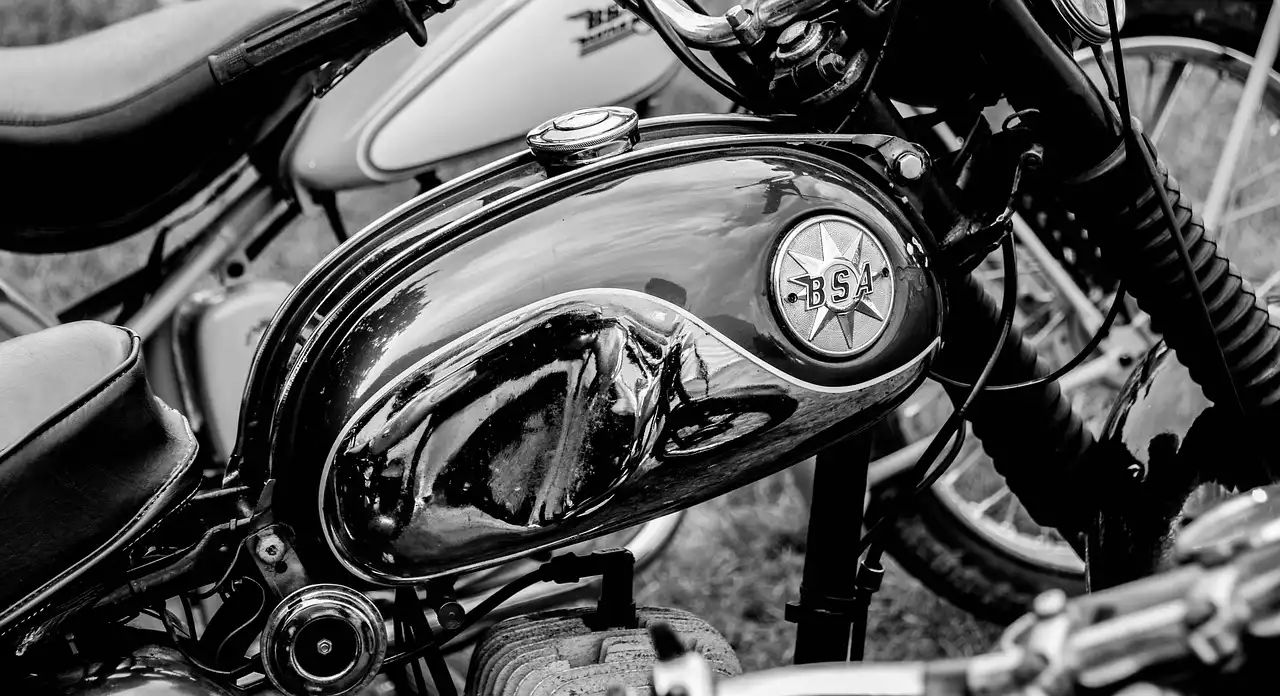Overview of US motorbike laws
All states have laws that apply specifically to motorbike riders, and these laws apply to both experienced and new riders. Before you hit the road on your motorbike, make sure that you understand the laws that apply to you as a motorbike rider. This will help you to reduce the risk of accidents and make your riding experience more enjoyable. While the laws vary slightly by state, there are some laws that apply across the board.
- A motorbike helmet should be worn at all times when riding a motorbike. Helmets have been proven to reduce the risk of brain injury and death when worn properly. All states in the US require motorbike riders to wear a helmet, with a few exceptions.
- Motorbike riders must follow the rules of the road and obey all traffic signs and traffic lights when riding on public roads. Riders must also follow the same rules as vehicle drivers when it comes to passing and changing lanes.
- All motorbike riders are required to have a valid driver’s license and motorbike license if they want to operate a motorbike on public roads.
- Motorbike riders must have valid insurance to be able to ride on public roads.
Mandatory safety equipment
All riders must have and use the following safety equipment:
- Motorbike helmets: All riders must wear a helmet when riding a motorbike. Helmets should be worn at all times, even when the bike is parked. Helmets should be worn even if you’re sitting on your friend’s bike or if you’re riding on a scooter.
- Protective clothing: Jackets, gloves, and pants that are made of durable and protective materials are essential when riding a motorbike. - Brightly colored clothing: Motorbike riders should wear brightly colored clothing during the day and in inclement weather to make themselves visible to other drivers.
- Headlight: All motorbikes must be equipped with a headlight.
- Tail light: All motorbikes must have a light that flashes when the bike is in motion.
Lane-splitting laws
Lane-splitting refers to the action of riding a motorbike between two lanes of stopped or slow-moving traffic. There’s been some debate around how safe this practice is, so it’s important to understand the laws and regulations surrounding it. - California: California is the only state where lane-splitting is completely legal.
- Other states: The other states that allow lane-splitting are Arizona, Colorado, Florida, Georgia, Idaho, Texas, and Utah.
Speed limit laws
All states have speed limits that apply to all road users, including motorbike riders. Make sure that you’re aware of the speed limit in the area where you’re riding so that you can adjust your speed accordingly. If you’re riding with a group of friends, it’s also a good idea to agree on a speed limit so that everyone stays safe. In the US, all new riders must ride no faster than 15 mph, even when they have their license. When traveling below the speed limit, motorbike riders should be extra careful to avoid accidents.
Alcohol consumption laws
Many states have laws that prohibit motorbike riders from consuming alcohol while riding. Before hitting the road on your bike, make sure that you’re aware of the alcohol consumption laws in your state. These laws apply to everyone on the road, so they’re important to follow so that you can reduce the risk of accidents. All states have BAC (blood alcohol content) laws that apply to motorbike riders. These laws vary by state, but most states have a BAC limit of 0.08.
Riding with a passenger laws
All states have laws that apply to riding with passengers, whether you’re the passenger or the driver. These laws ensure that all road users are safe and that no one is put in harm’s way. Before hitting the road with a passenger, make sure that you’re aware of the laws that apply to your situation.
- Passengers: All states require motorbike riders to have a passenger behind them and a separate passenger seat.
- Weight restrictions: The amount of weight that a passenger can weigh varies by state.
Laws about insurance and registration
All states require motorbike riders to have insurance in order to be able to ride on public roads. If you’re riding your own bike, you must have liability insurance to protect yourself and others in the event of an accident. If you own a motorbike, you must also make sure that it’s properly registered. This will ensure that you stay compliant with all state laws and avoid any fines or penalties. All states require motorbikes to be registered, with a few exceptions. All states require riders to have valid insurance when riding on public roads.
State-specific motorbike laws
Each state has its own laws that apply to motorbike riders, so it’s important to be aware of these laws before hitting the road. Here are some state-specific laws that apply to motorbike riders:
- Arkansas: Arkansas requires all motorbike riders to wear a helmet, regardless of age.
- California: California has lane-splitting laws that apply to motorbike riders.
- Colorado: Colorado allows motorbike riders 21 years and older to consume alcohol while riding.
- Florida: Florida has lane-splitting laws that apply to motorbike riders.
- Georgia: Georgia has lane-splitting laws that apply to motorbike riders.
- Iowa: Iowa requires all motorbike riders to wear a helmet, with the exception of those who are riding a scooter.
- New Hampshire: New Hampshire has drinking and riding laws that apply to motorbike riders.
Tips for staying safe on the road
Before you hit the road on your motorbike, it’s important to make sure that you’re prepared and that you equip yourself with the necessary safety gear. Here are some tips for staying safe when riding your bike:
- Prepare your bike: Before you hit the road, make sure that your bike is in good working order and that you’ve checked the oil and tire pressure.
- Wear protective gear: When riding on a motorbike, it’s essential to wear protective gear.
- Stay alert: It’s important to stay alert and vigilant while riding.
- Ride at a safe speed: Make sure that you ride at a safe speed and follow the speed limit.










.png?size=50)